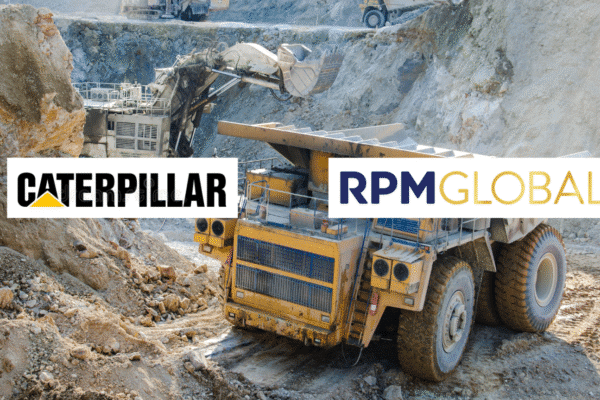
APAC Tech M&A: What Q3 trends mean for Aussie sellers?
27.11.2025MergerMarket and DataSite have released their Asia Pacific Q3 M&A report and it’s full of insights for technology founders thinking about an exit in the next few years. While activity has slowed from previous highs, tech is still the most active sector across the region, and the pipeline of companies preparing for sale remains deep. Australia and New Zealand continue to stand out as resilient markets where strong tech assets attract serious attention from both strategic buyers and investors.
The message for vendors isn’t that the window has closed but it’s that buyers are more selective, competition is sharper and preparation matters more than ever.
The APAC backdrop
Across APAC, overall M&A value dipped in Q3 compared with the previous quarter and tech deal volumes were down year on year. Private Equity also stepped back a little with fewer buyouts and slower fundraising. There’s still plenty of capital in the system but investors are deploying it more cautiously.
Greater China continues to generate a large pipeline of tech opportunities, though regulatory scrutiny remains high. India is seeing fewer transactions but much larger ones, as big global and local players back scaled tech platforms. Southeast Asia, especially Singapore, is attracting global money into data centres, telecoms and logistics infrastructure. Japan and South Korea remain active deal markets with corporates reshaping portfolios through carve-outs and take-privates.
Why does this matter for Australian sellers? Because these same global buyers are active here too, and their view of sector themes, valuation and risk is shaped by what they’re seeing across the region.
Australia and New Zealand deal activity
After a strong first half, M&A activity across ANZ softened slightly but stayed healthy. Q3 saw just over 300 announced deals worth around USD22 billion, lower than a year ago but still substantial.
Tech sits right at the centre of this. The TMT sector recorded more than 50 deals in the quarter. While volumes were down, total deal value tripled to roughly USD3 billion. Buyers are doing fewer deals but they’re writing bigger cheques for the right assets.
One headline example was Caterpillar’s acquisition of RPMGlobal, a mining software specialist. It’s a single deal but it perfectly illustrates what’s resonating: vertical software closely tied to Australia’s real-economy strengths like resources, infrastructure and industrial services.
Who’s buying and why?
The buyer mix across ANZ is broad. Local corporates and financial sponsors completed around 170 deals in Q3, continuing to treat technology as essential to growth and efficiency. Offshore buyers remain very active too with US investors not far behind Australians by value. Buyers from France, India, Canada, Japan, Singapore and the Gulf states also featured prominently.
Across the region, global names like Schneider Electric, Capgemini, Stonepeak, EQT and ADIA are repeatedly investing in technology and digital infrastructure.
Three themes stand out for Australian tech sellers:
- International strategics looking to deepen capability in specific verticals like mining, energy transition, logistics, healthcare and more.
- Global and regional funds building scaled platforms in IT services, engineering, BPM and other talent-driven, tech-enabled services.
- Infrastructure and sovereign investors backing data centres, networks and logistics, and seeking technologies that enhance resilience, utilisation and compliance.
These buyers will pay for quality but they expect discipline and strong preparation from vendors.
What this means if you’re considering a sale?
A few clear implications are emerging:
- Buyers are selective: Strong storytelling isn’t enough; you need solid recurring revenue, profit margins, customer metrics and a clear link to critical workflows.
- A defined vertical matters: Tech that sits inside regulated or capital-intensive sectors such as resources, energy, logistics, telecoms, healthcare, aligns strongly with global buyer priorities.
- Plan for an international process: Offshore buyers are central to valuation. This means preparing materials that make sense globally, considering FIRB and data security early and designing a process aligned with international norms.
- Don’t wait for the ‘perfect’ macro moment: Activity may fluctuate quarter-to-quarter but the pipeline remains strong. The best outcomes come from businesses that are genuinely sale-ready.
How to take advantage of the market
If you’re an Australian or New Zealand technology founder planning succession, de-risking or a capital partnership in the next one to three years, now is a good time to understand your position in this shifting landscape.
InterFinancial works with midmarket technology businesses to strengthen value, map likely buyers, pressure-test the equity story and prepare for competitive processes.
If you’d like to discuss what trends mean for your business, reach out to our Director – Technology, Telecoms and Media, Luke Harwood for a confidential conversation.










